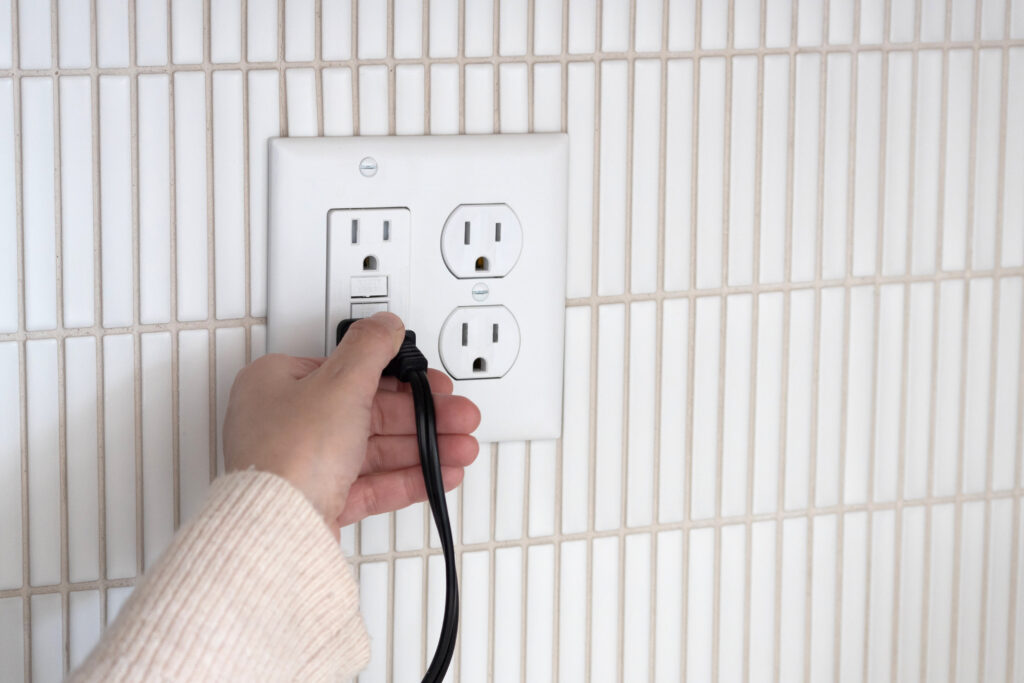Why Is My GFCI Not Working Even Though It’s Grounded?
So you’re standing in your kitchen or bathroom, staring at that little GFCI outlet on the wall. You press the “test” button—nothing. You press “reset”—still nothing. And you’re thinking: hold on, everything looks grounded and wired correctly… so why on earth isn’t it working? You’re not alone. GFCI outlets can be mysterious little things when they decide to go rogue, and if you’ve got a home warranty (or are thinking about one), this kind of puzzle can be even more annoying. Let’s unpack what’s really going on with your GFCI outlet, how it’s supposed to work, the benefits of using one, what goes wrong, and when it might be time to call in help—warranty or not.
What Exactly Is a GFCI Outlet and How Does It Work?
A GFCI (short for Ground Fault Circuit Interrupter) outlet is kind of the unsung hero of home electrical safety. It’s designed to monitor the flow of electricity running through a circuit and detect tiny imbalances between the hot and neutral wires—stuff you probably won’t notice but that can be dangerously life-threatening in the right (wrong) conditions. Think: water near outlets in kitchens, bathrooms, garages, or outside your home.
How it works is kind of cool—well, if you’re into that sort of thing. The GFCI can sense if the current is going somewhere it shouldn’t (like through you to the ground). If it does, it trips the circuit in milliseconds, cutting the power to protect you. It’s not about whether the outlet is grounded—though good grounding is important—it operates based on the difference in current, not just grounding. So even if everything’s grounded properly, a GFCI might still trip… or not function at all if it’s faulty.
Advantages of GFCI Outlets in Your Home
So now you might be wondering—do I really need these? Short answer: yes. The biggest and most obvious perk is safety. GFCIs are literal life-savers. They prevent shocks, electrocution, and even house fires caused by ground faults. And let’s not forget, they’re actually required by electrical code in most newer homes and remodels. You’ll find them wherever water and electricity might collide—bathrooms, kitchens, laundry rooms, garages, and any outdoor area.
Other great things? They’re easy to test (in theory) and replace. You hit a button, check if it trips, and reset it. Done. And if you’ve got a home warranty like the kind Armadillo offers, figuring out why it’s not working doesn’t have to be a solo mission—it might be covered or at least diagnosed under your plan.
Common Reasons a GFCI Stops Working
Alright, so let’s talk real-life failure. First off: yes, GFCIs wear out. Like any safety device, there’s a life expectancy. In fact, the National Electrical Code recommends testing them monthly (do you do that? Be honest). If it’s more than 10 years old, it’s probably time for a replacement—even if it “looks fine.”
Another culprit? Improper wiring. Even if the outlet is grounded, wiring mistakes during a DIY project or bad installation can lead to a GFCI that won’t work right. Miswiring the line and load sides is super common (don’t worry—most people do it with the best intentions). Also: check for any other outlets on the same circuit. GFCIs upstream can affect regular outlets downstream. If one goes bad, others might lose power or malfunction through no fault of their own.
How to Troubleshoot When a GFCI Fails Even with Grounding Present
Here’s where things get weird—and kind of fun if you like puzzling through mysteries. If your GFCI isn’t working even when it’s grounded, it’s time to play detective, not electrician (unless you’re certified). Step one: try pressing the test and reset buttons firmly. If it won’t reset, unplug whatever’s connected to it and try again. Still no luck? Grab a simple outlet tester from your local hardware store (they’re like $10, give or take) and check the wiring and grounding.
If testing shows no ground—or reversed wiring—ding ding, you’ve got some rewiring in your future. On the other hand, your ground might check out but the GFCI still won’t reset. That could indicate internal failure. Moisture or corrosion can also break a good GFCI. Any sign of rust or water damage is a red flag, especially in outdoor or bathroom outlets. And if the GFCI is protecting multiple outlets downstream, those could actually be causing the problem. Start unplugging appliances along the chain to isolate the issue.
But What If My GFCI Keeps Tripping Over and Over?
Ugh, yes. The dreaded constant tripping. This is where people start replacing GFCIs right and left—and sometimes unnecessarily. If it trips every time you plug something in, test that appliance in a regular working outlet first. If it works fine there, chances are your GFCI is either bad or overly sensitive. If it trips randomly even when nothing’s plugged in, it could be detecting leakage current in the wiring between connected outlets. Again, nothing obvious on the surface—and again, definitely not something you want to ignore.
GFCI vs. Grounding—What’s the Difference Anyway?
Okay, let’s pause for a second and talk about grounding. Grounding provides a safe path for electricity to go in case of a fault in your wiring—like a surge or lightning strike. But that safety path only helps if a problem arises. A GFCI, though? It constantly patrols your outlet like a hawk, looking for weird current behavior—even if there’s nothing visibly “breaking” somewhere. So yeah, an outlet can be 100% grounded and still have a faulty or failing GFCI. The two systems work together—but are not the same thing. Confusing? A little. But hey, now you know.
Why Consider Armadillo for GFCI and Electrical Outlet Issues
Electrical weirdness like this—especially when you think everything’s wired correctly—can be incredibly frustrating as a homeowner. And unfortunately, these issues don’t always crop up at convenient times. That’s one of the big reasons folks are turning to modern, flexible home warranties like Armadillo’s to back them up. When things stop working—GFCIs included—you’ve got a professional you can call without wasting your weekend rewiring. Armadillo’s plans cover a wide range of electrical systems and components, and they make it super easy to customize what you need. Start your plan now with just your zip code at their plan builder or check out the full experience at the Armadillo homepage.


























